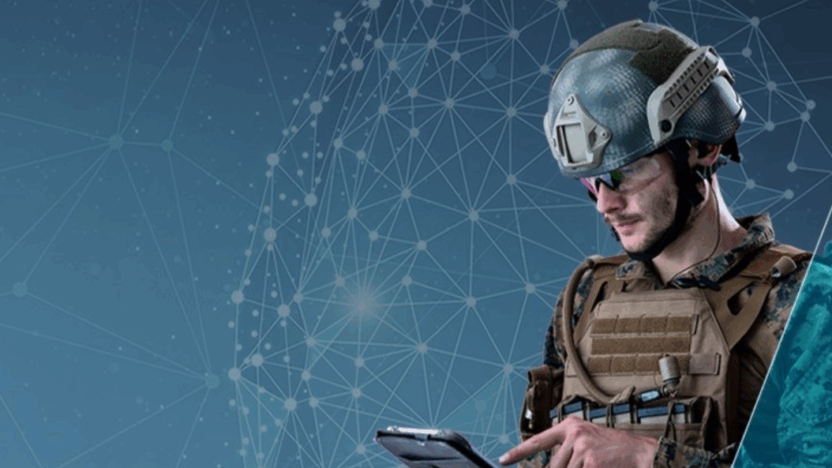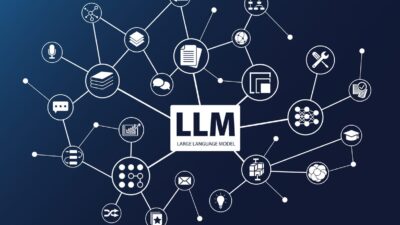The defence industry is undergoing a rapid digital transformation, driven by advancements in artificial intelligence (AI). Among the most promising technologies are Generative AI (Gen AI) and Agentic AI. These two branches of AI have the potential to revolutionize how defence systems operate, from strategic decision-making to real-time battlefield operations.
Understanding the Technologies
What is Generative AI?
Generative AI refers to models that can create content—text, images, audio, or even code—based on training data. These models, such as large language models (LLMs), are capable of producing highly contextual outputs, summarizing vast information, generating synthetic scenarios, and even simulating adversary behavior.
What is Agentic AI?
Agentic AI involves autonomous or semi-autonomous software agents capable of taking proactive actions, planning, decision-making, and interacting with complex environments. These agents often exhibit goal-directed behavior and can collaborate with humans or other agents to accomplish missions.
Key Applications in the Defence Sector
1. Mission Planning and Strategic Simulation
Gen AI can generate detailed simulations and “what-if” scenarios for mission planning, helping commanders evaluate outcomes before executing operations. Agentic AI agents can run these simulations iteratively, optimize plans, and suggest strategies in real-time based on changing parameters.
2. Threat Intelligence and Analysis
With vast volumes of open-source and classified data, defence analysts struggle to identify emerging threats. Gen AI models can automate summarization, pattern detection, and anomaly recognition, while agentic systems can autonomously monitor data streams, flag risks, and initiate defensive protocols.
3. Cybersecurity Operations
Agentic AI agents can act as digital defenders, continuously scanning for vulnerabilities, responding to breaches autonomously, and coordinating with other systems. Gen AI can assist in generating attack scenarios and penetration testing scripts to prepare for cyber warfare.
4. Autonomous Systems and Robotics
From autonomous drones to unmanned ground vehicles, Agentic AI allows these machines to navigate, make decisions, and adapt to new environments independently. Gen AI contributes by processing sensor data to interpret terrain, recognize targets, or generate mission updates.
5. Cognitive Warfare and Information Operations
Gen AI can be used to simulate adversary propaganda, understand narrative framing, and generate counter-narratives for psychological operations (PSYOPS). Agentic AI can monitor information ecosystems and deploy interventions with minimal human oversight.
6. Logistics and Supply Chain Optimization
Agentic systems can autonomously manage inventory, predict equipment failures, and optimize resupply routes. Gen AI can generate repair manuals or translation support for multinational logistics operations.
7. Training and Simulation Environments
Using Gen AI, realistic training scenarios, language translations, and battlefield simulations can be generated on-the-fly. Agentic AI can play roles of enemy forces or allies, adapting their behavior based on trainee performance for more immersive military training.
Benefits
- Speed and Scalability: Automate complex decision processes in real-time.
- Adaptability: Agents can learn and evolve in dynamic environments.
- Human-Machine Teaming: Enhance human decision-making, not replace it.
- Cost-Efficiency: Reduce reliance on human personnel for repetitive or dangerous tasks.
Challenges and Considerations
- Ethical Use: Adherence to international laws and ethical standards in autonomous systems.
- Security Risks: Gen AI-generated content can be misused by adversaries.
- Control and Accountability: Ensuring human oversight over agentic decisions.
- Bias and Reliability: Ensuring training data does not embed harmful biases in high-stakes military contexts.
Conclusion
The integration of Generative AI and Agentic AI into the defence industry is not just a technological advancement—it represents a paradigm shift in how modern warfare, security, and strategic planning are conducted. While the promise is vast, so are the responsibilities. Responsible innovation, international collaboration, and rigorous governance will be crucial to ensure that these powerful tools serve peace, security, and humanity.



